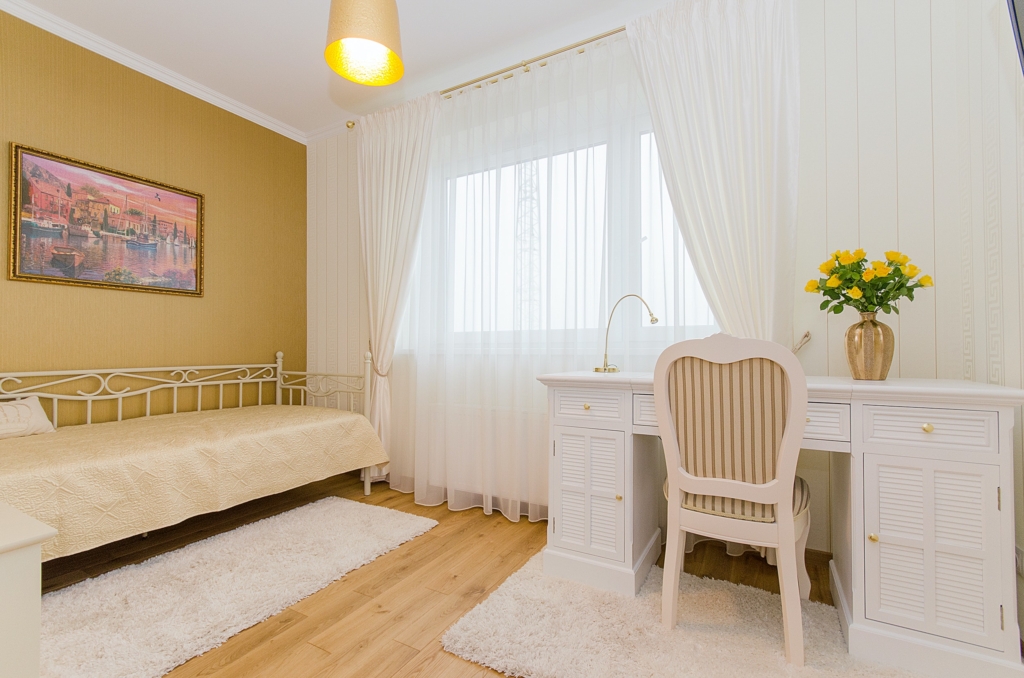Choosing Your Cornice Material
Published : 28th June 2019 in Cornice related matters

Cornice, also commonly known as coving, is a simple way to give your room the finishing touch it deserves. You need to take some essential factors into consideration while selecting a cornice. Consult experts, ask for samples, decide the style, take extreme care of measurements, and consider the maintenance factor but most importantly you need to choose the perfect material.
There are multiple cornice materials available in the market and each differs one from the other. Choose the most cost-effective and suitable one for your cornice. The most common ones used are Polystyrene, paper-covered plaster, gypsum and hardened high-density polyurethane.
Polystyrene
If you are on a limited budget, polystyrene is the most cost-effective solution for you. Extremely lightweight, easy to fit and cheap, it has a relatively low melting point, therefore it is very soft and tends to get damaged easily during transportation and installation. It can be naturally transparent but the typical bubble surface finish of polystyrene can be coloured. You can use emulsion (water-based paint) to paint it. Since its biodegradation process is slow, polystyrene is considered to be a form of harmful waste for the environment.
Gypsum and Paper-Covered Plaster
One of the prime applications of plaster is its usage in the building of a decorative and protective coating of walls and ceilings i.e. a cornice. Plaster comes in various types. Most common of them are gypsum, cement, and lime but they all work in the same manner. This material is produced as a dry powder. Further, it is mixed with water to form an applicable paste. Although plaster can be easily moulded with metal tools or sand paper, it is best that you hire a professional for the job of installation because of the material’s enormous weight. If moulding it is not an option, it can be made into pre-formed sections and attached in place later with the help of cornice adhesives. It can be painted with water or oil-based paint.
Hardened High-Density Polyurethane
Hardened polyurethane has now been available in the market since the 80s and the installation is relatively easy. It is lightweight and fitting is a one person’s job. It is also known for its strength and durability, therefore making it perfect as a long-lasting coving. As opposed to plaster, it doesn’t easily damage over time or crack. Along with its multiple pros, it gives the appearance of plaster and is cost-effective as well. The sections that are formed from this material are also available in rubber compounds so they can bend according to your requirements (e.g for a curved wall). As with the other materials, it needs to be painted with a final finishing coat.
Want to give your room a classy completed look? No need for any extraordinary skills. All you need to do is invest some time and money in selecting the perfect cornice for your room.

